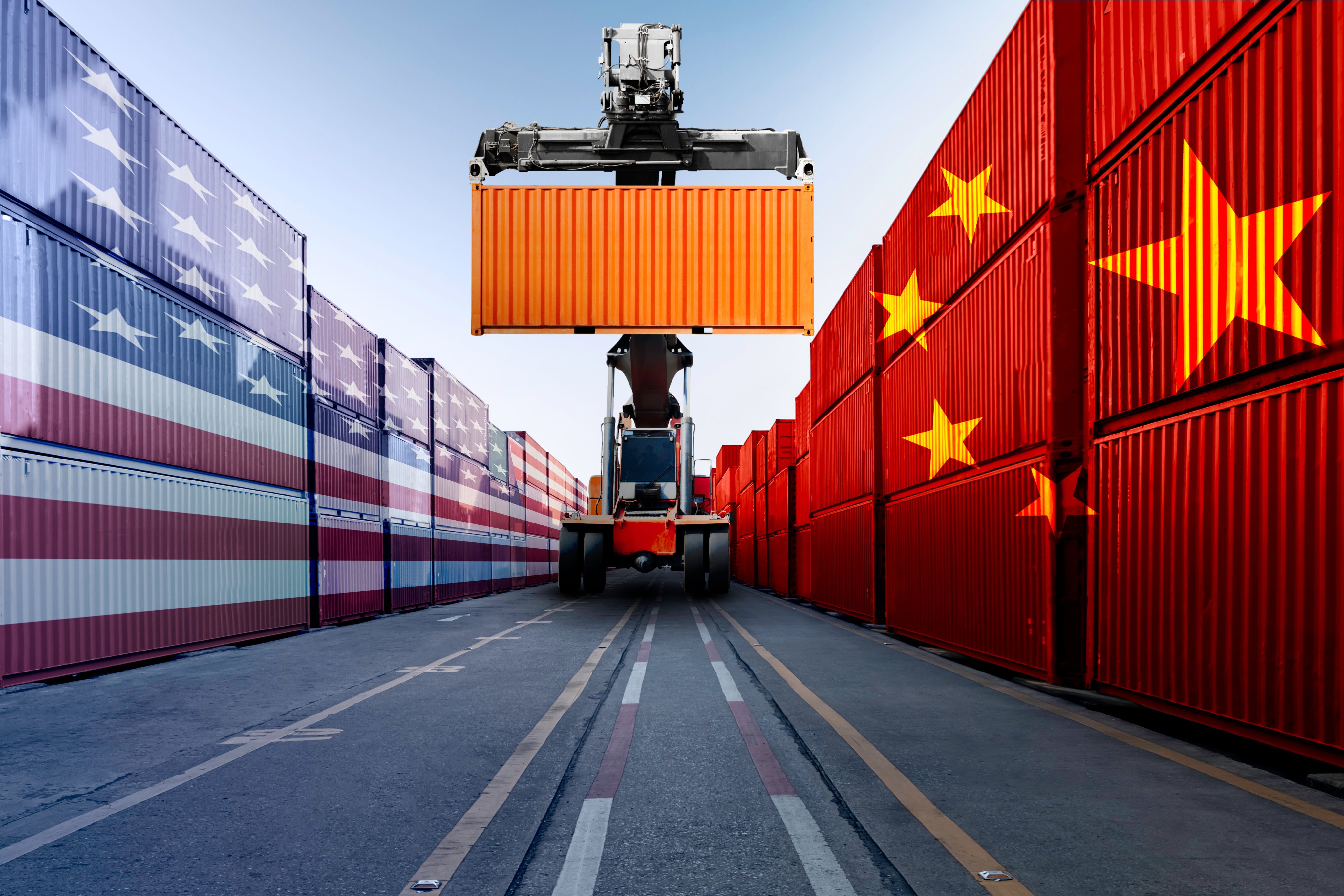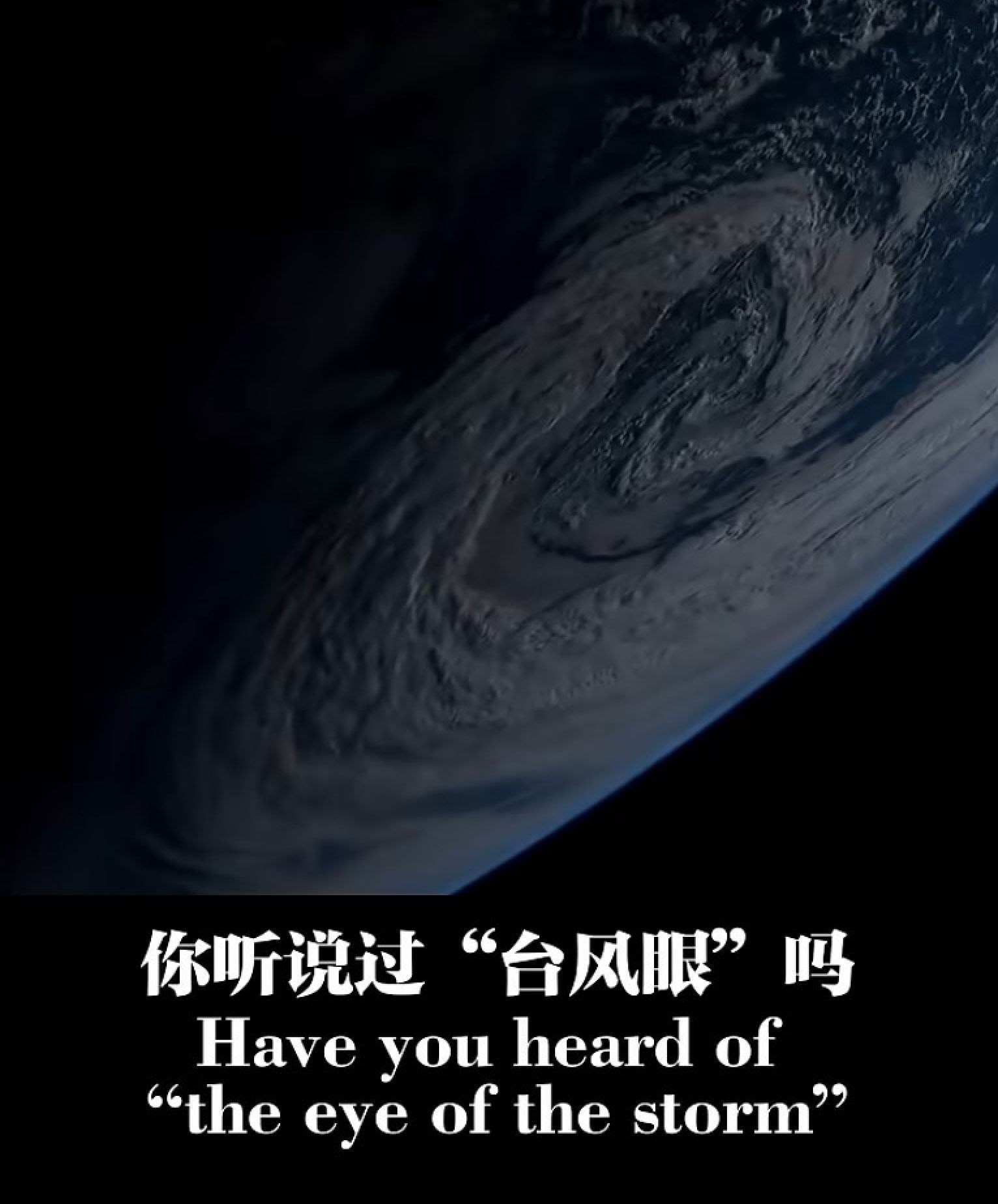Why China’s ‘Never Kneel Down’ video fails to change US trade war narrative
China’s ‘Never Kneel Down’ video employs nationalistic rhetoric to resonate with a Chinese audience, but is unlikely to influence the global narrative on tariffs

The Chinese Foreign Ministry said it hoped that the social media video produced and released under its auspices this week would effectively communicate China’s stance in the ongoing tariff war with the United States.
But apart from being endorsed by Chinese internet users and ringing of strident jingoism, it is doubtful whether the video will provide any new insights into China’s well-known position on tariffs to a broader global audience.
On Tuesday, China’s Foreign Ministry Spokesperson’s Office released a video titled “Never Kneel Down”, emphasising China’s refusal to yield to US tariff policies.
Spokesman Guo Jiakun stated during a regular press briefing that he hoped the video would help all parties better understand China’s position.

Voiced in both Chinese and English amid an ominous background and generous sprinkle of black and white visuals, the video boldly declared: “Bowing down only leads to relentless pressure; China will not kneel!”
I cannot recall the last time the Foreign Ministry had commissioned a video that had reportedly gone viral on Chinese social media.
However, I can certainly relate to the quality and content of the video to the countless Chinese equivalents I had watched on Chinese social media.
In essence, it displayed the same level of jingoism, hyperbole, and amateurish production quality as its predecessors.
Beginning with what appeared to be a tacky version of a meteorological explainer, the video asked, “have you heard of ‘the eye of the storm’?”.
It then suggested the 90-day grace period for tariff implementation might “appear calm for a moment” but was actually “a deadly trap”.
The video then argued that bowing to a bully was akin to “drinking poison to quench thirst”. Seriously?
It then dramatically illustrated America’s historical actions, such as accusations of Japanese dumping semiconductors, “crushing” of Toshiba and “forcing” Japan to sign the Plaza Accord which pushed the country into “decades of anaemic growth”.
While the selective use of information is typical for xiao fen hong, or young online Chinese nationalists, surely an official video can do better than citing examples from the 1980s?
The video then proclaimed, “history has proven compromise won’t earn you mercy”, without saying who had compromised what or how.
For good measure, it also tossed in the assertion – amid a menacing soundtrack – that “all bullies are just paper tigers”, a term popularised by former Chinese leader Mao Zedong to describe supposedly powerful nations were, in fact, weak.
But does the term have a place in an official narrative, especially one that placed strong emphasis on “mutual respect”.
The video then asserted that “kneeling only invites more bullying”, which was the main thrust of its argument and one that resonated with countless Chinese on social media.

While I understand Beijing’s desire not to concede to American tariff demands, the imagery of “kneeling” should be avoided.
“Kneeling” evokes notions of subservience and submissiveness, reminiscent of the bullying by past imperial powers that Beijing had consistently criticised in its pursuit of dignity.
Indeed, the title of the video ought to be “Standing Firm”, “China Refuses to Budge”, or “An Unyielding China”, and not “Never Kneel Down”.
Beijing’s tariff position was widely known, “not to provoke trouble nor intimidated by it” and that “pressuring and threatening are not the right way in dealing with China”.
Apart from taking “resolute measures to safeguard its sovereignty, security, and development interests”, China-US economic relations should be “mutually beneficial and win-win in nature”, as the Chinese foreign ministry stated on multiple occasions.
Like many in China who think that Washington has gone off its rocker since the new administration took office, I can relate to the video’s sentiment of the US “stirring up a global tariff storm”.
I can also relate to Beijing’s desire to stand firm “no matter how hard the wind blows, no matter how clouds rage”, and the assertion that the US “will keep flip-flopping and playing hardball”.
But surely official videos and accounts should not mimic the tone and embellishments of those used by xiao fen hong or content creators who lack a vested interest in the future of bilateral relations.
Leave social media content creation to those familiar with such formats, and return diplomacy to diplomacy.
After all, effective propaganda is not easy, and convincing propaganda even more so.